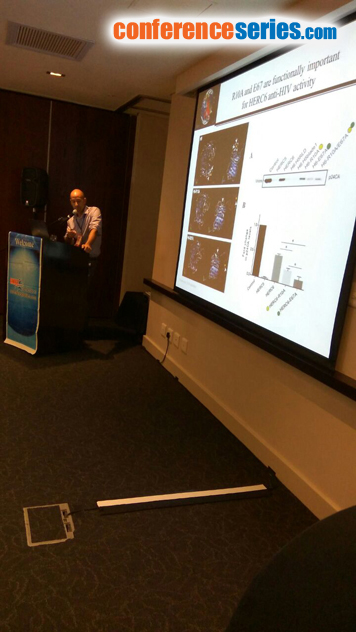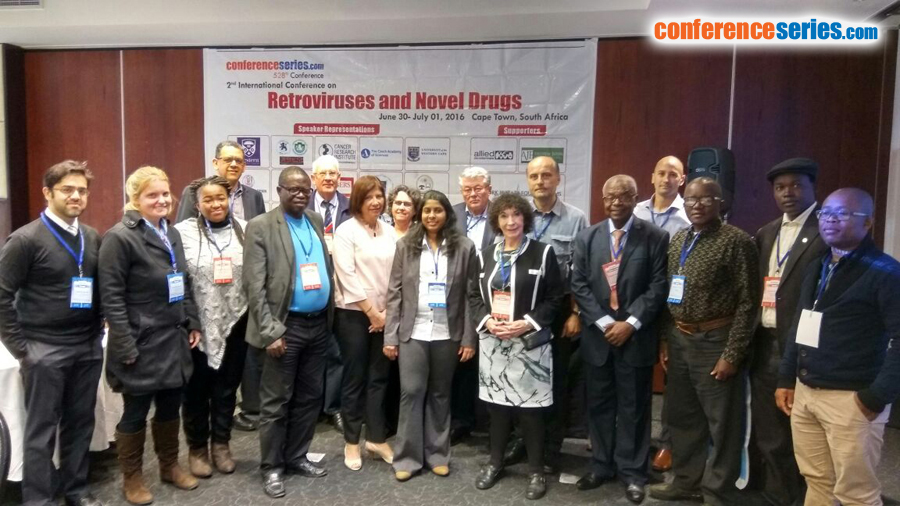
Stephen D. Barr
Western University, Department of Microbiology and Immunology, Canada
Title: Evolution of 500 Million Year Old Antiviral Defense against HIV
Biography
Biography: Stephen D. Barr
Abstract
HERC5 is a key player in the human interferon response towards viruses such as HIV-1, influenza A virus and human papillomavirus. HERC5 exhibits potent anti-retroviral activity, which is mediated by two independent mechanisms. The first mechanism requires its RCC1-like domain and inhibits nuclear export of incompletely-spliced HIV-1 RNA. The second mechanism requires the HECT domain and inhibits an early stage in Gag particle assembly via the modification of Gag with the ubiquitin-like molecule ISG15. To gain a better understanding of the evolution and function of HERC5, we performed phylogenetic, structural and functional analyses of the entire small HERC family, which includes HERC3, HERC4, HERC5 and HERC6. We demonstrated that the small HERC family is an evolutionarily conserved family of proteins with an ancient marine origin of >420 million years ago. Functional analyses revealed that HERC3 and HERC4 inhibit nuclear export of incompletely-spliced HIV-1 RNA similar to HERC5. In contrast, HERC6, which is the ancestor of HERC5, failed to restrict HIV-1 particle production. Much of the genetic diversity among the mammalian small HERC family lies in the RCC1-like domain; particularly the first 100 amino acids, which are evolving under strong positive selection in HERC5 and HERC6. Structural and mutational analyses identified a key amino acid determinant of anti-HIV-1 activity in HERC6. Together, our data suggests that the HERC family of HIV-1 restriction factor proteins has an ancient marine origin and has undergone gene duplication and innovation events throughout its evolution that has provided eutherian mammals with an antiviral defence against HIV-1.



